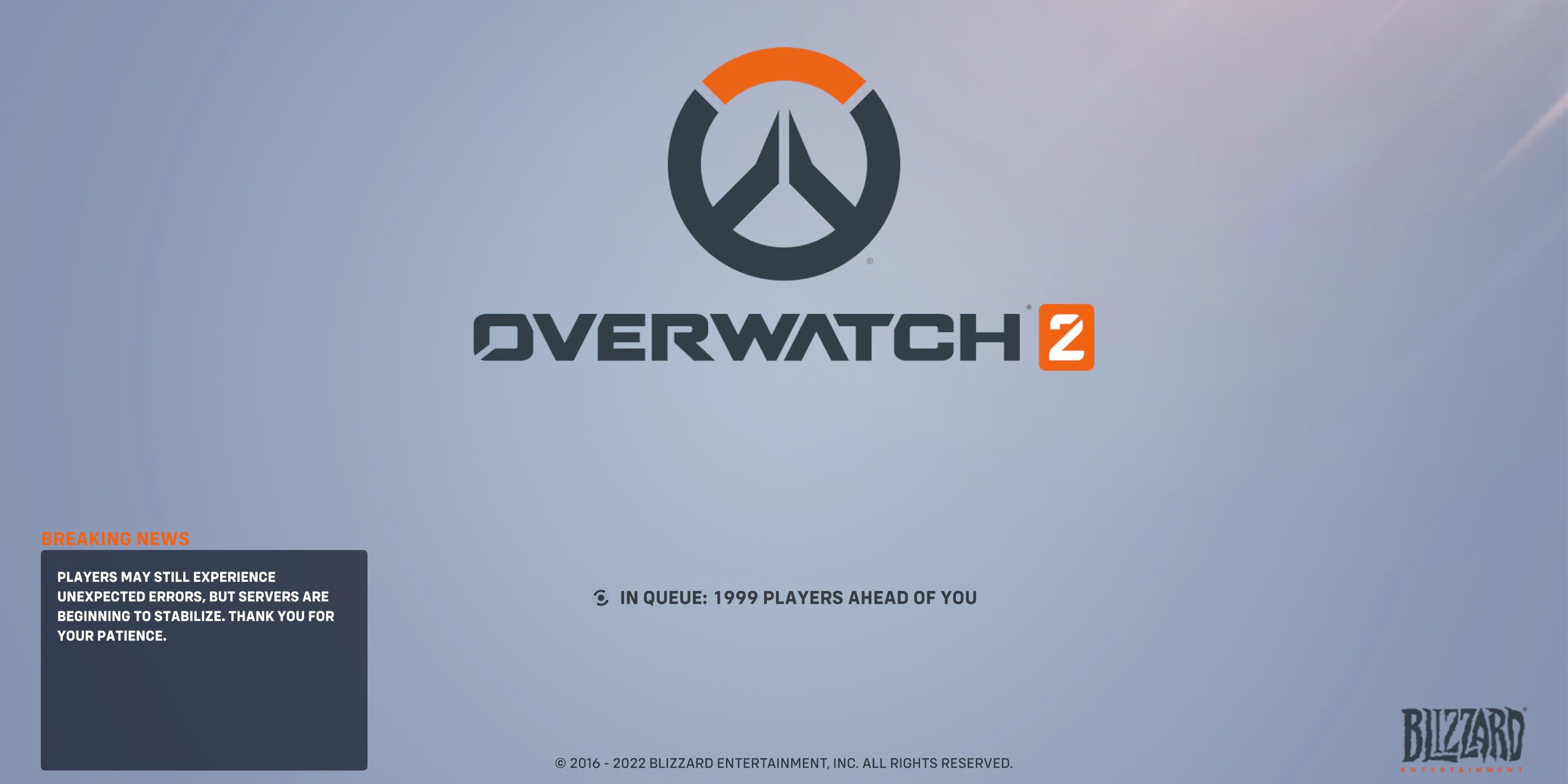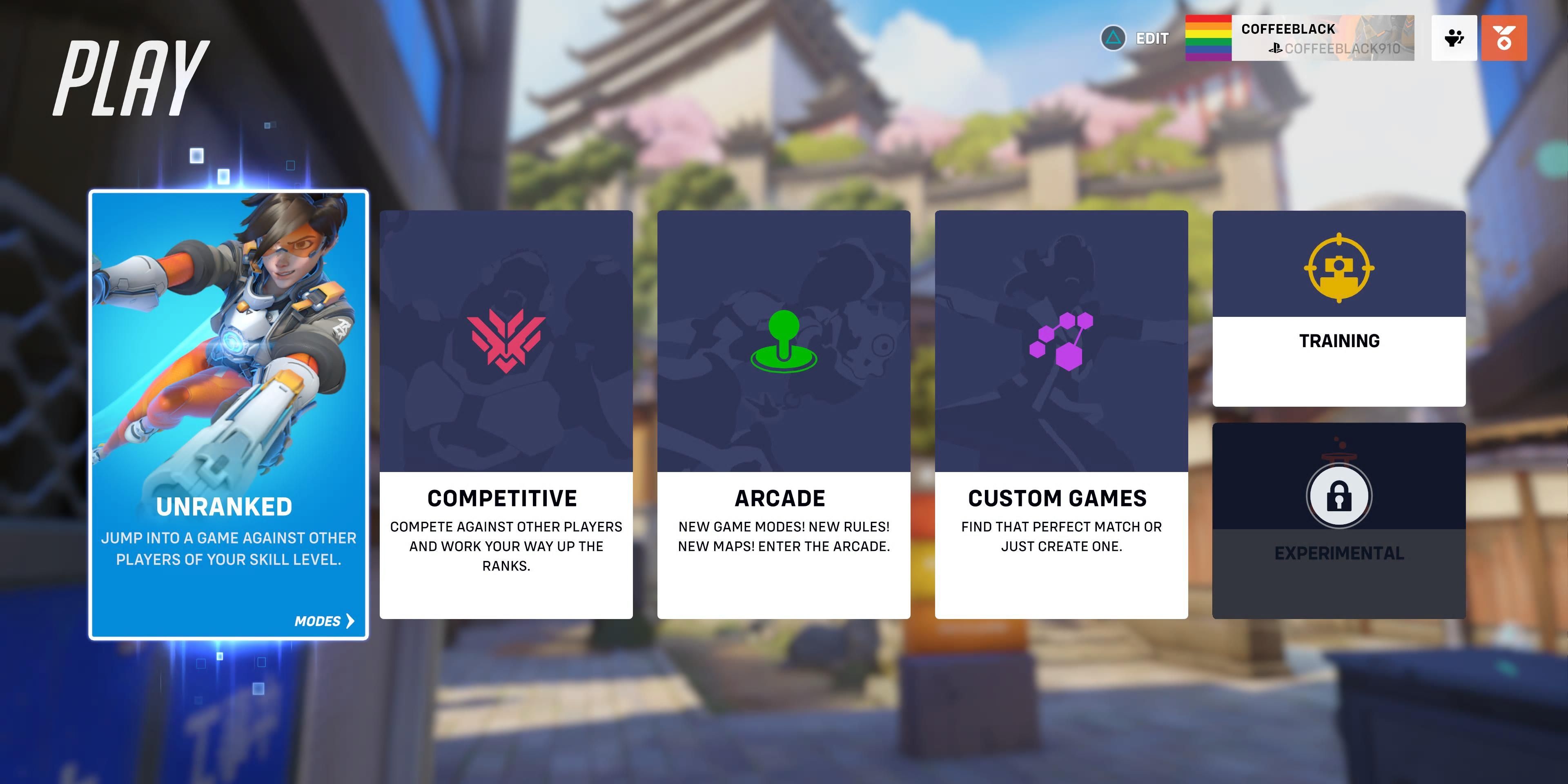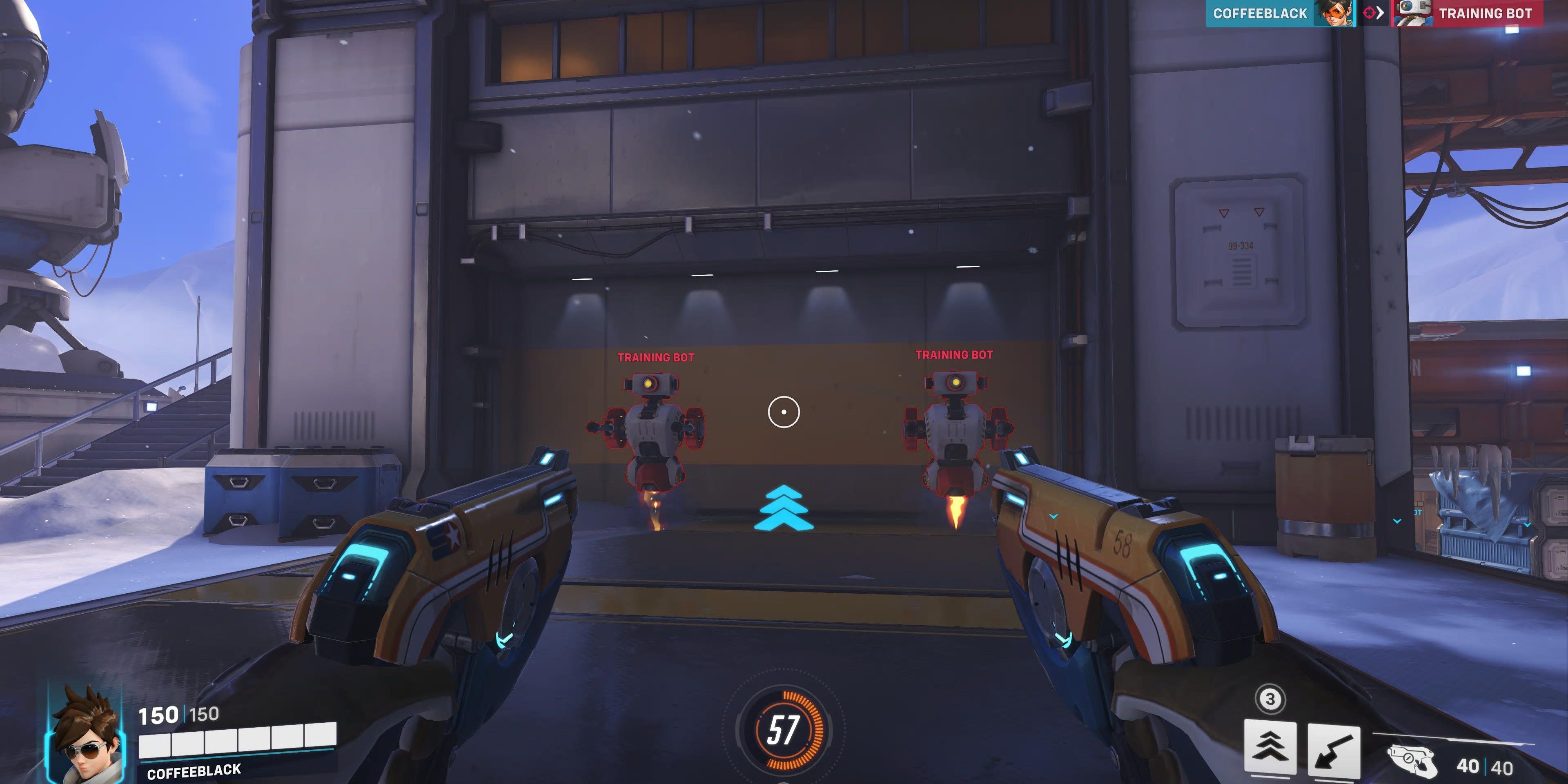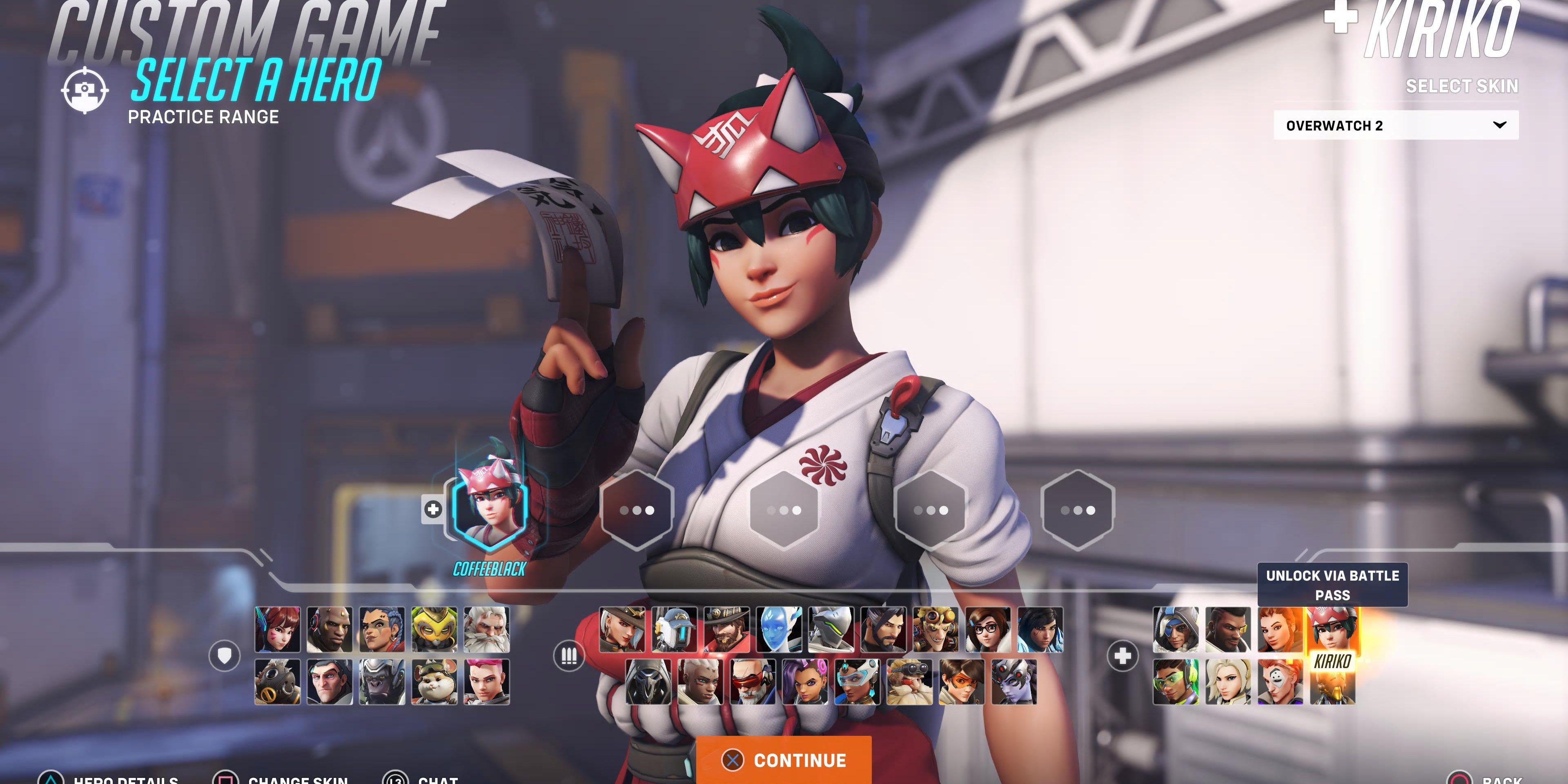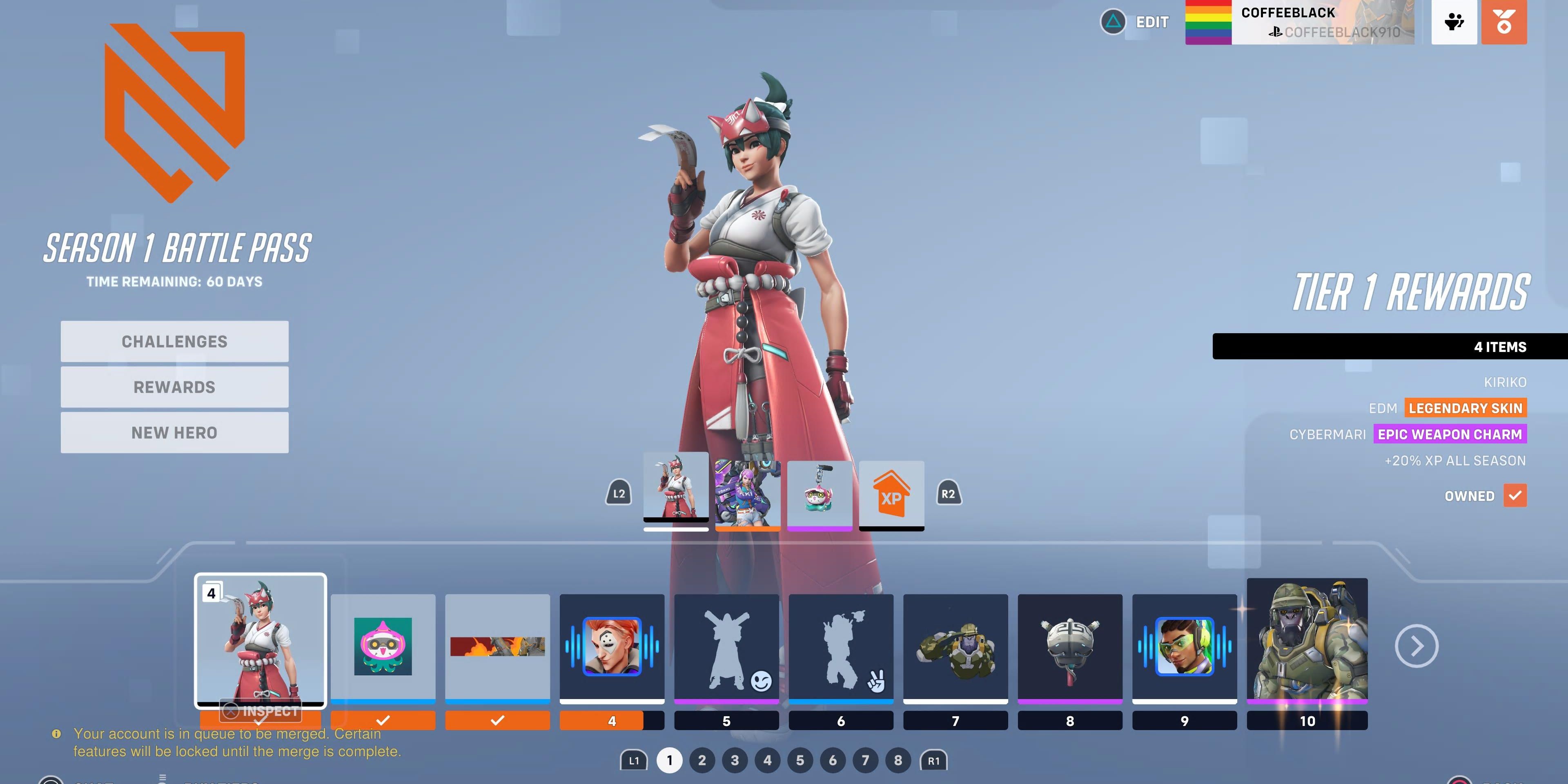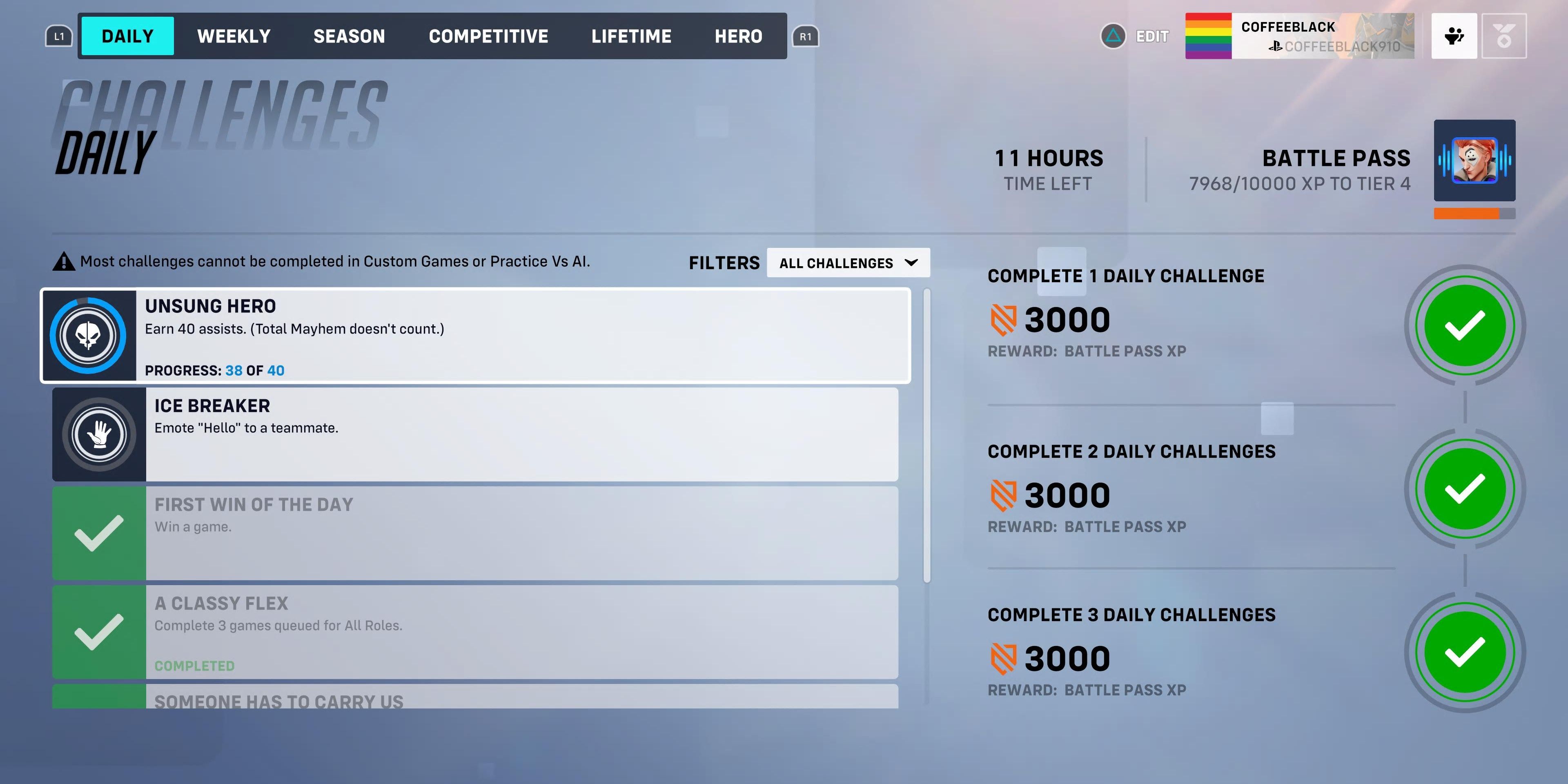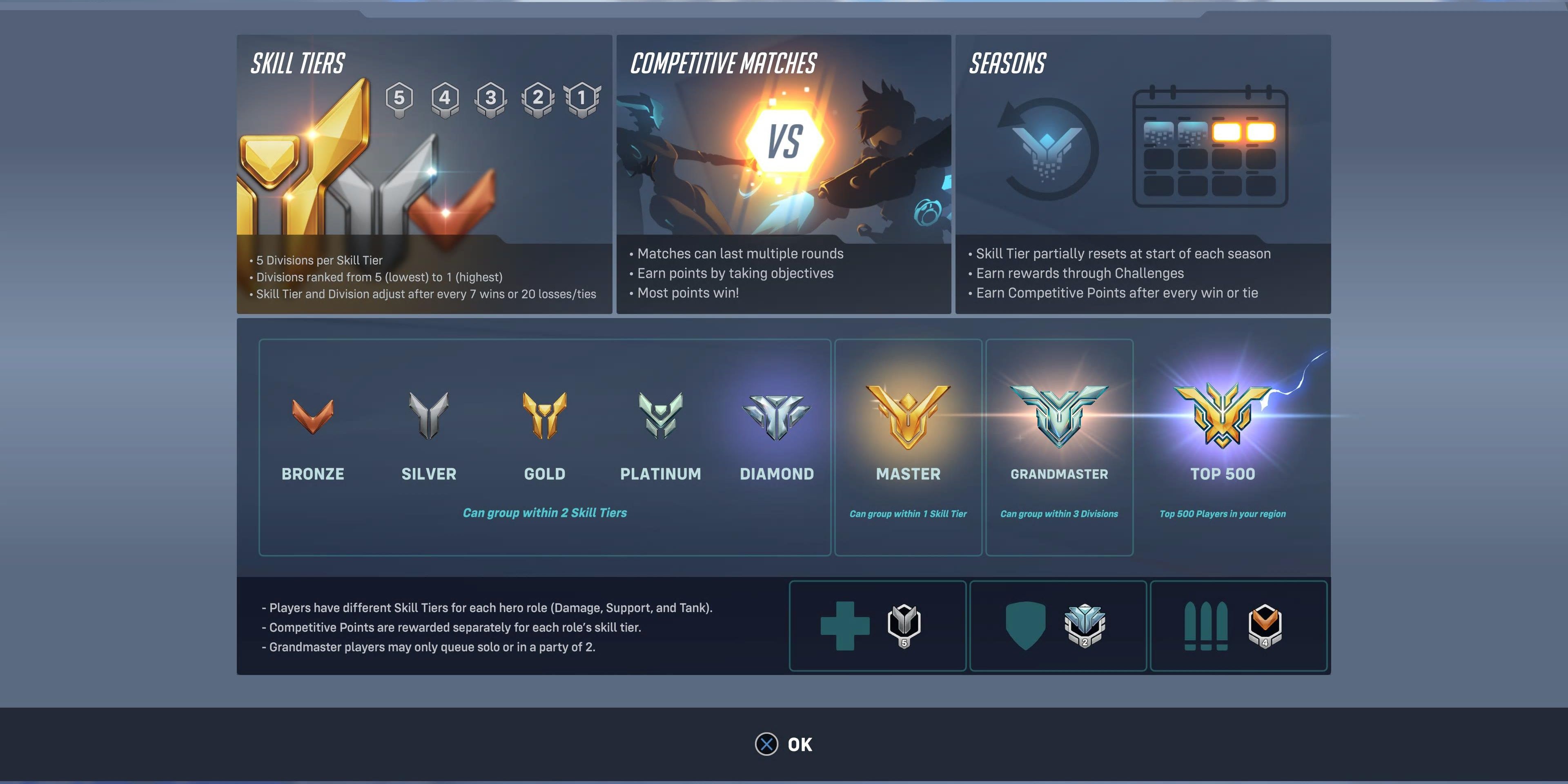Blizzard Entertainment gained fame and popularity through games like Diablo, World of Warcraft, and StarCraft. The developer created magical quests and characters that players fell in love with. In 2016, Blizzard launched a new project, Overwatch. Unlike what they’ve created before, Overwatch was a first-person tactical shooter that featured unique heroes with equally unique abilities.
Gamers swarmed to the charm of Overwatch, especially the overlooked level of strategy needed to succeed. While many of the tips and tricks you used in the first game apply in Overwatch 2, there are plenty of helpful hints to learn. Whether you’re trying to move the payload or battle for possession on an objective point, follow these tips to have success in Overwatch 2.
Queue Times
Getting access to the main menu, let alone a match is a battle in of itself. Blizzard has experienced extremely high activity on their servers (naturally) which has caused wait times to range from five minutes to an hour. Not to mention the reported attack on their servers, it’s been a rocky launch for Overwatch 2.
The servers have stabilized and Blizzard has stressed they’re working on shortening the queue times, but for an online game, there will most assuredly always be a wait time. Be wary of long queue times as you try to simply access the main menu in the game. If you remain inactive for too long, the game client will disconnect, and you'll have to start over.
What To Play
There are five main game modes featured in Overwatch 2: Unranked, Competitive, Arcade, Custom Games, and Training. There is a sixth option called Experimental, but the game mode is currently locked. Unranked and Competitive offer virtually the same modes, but with one being part of the ranking system.
Quick Play allows you to either choose a specified role you wish to play or you can have an open queue, where everyone can play any role. If you’re looking for more chaos, try Mystery Heroes, and play a variety of heroes at random. Overwatch 2 also comes equipped with a free-for-all Deathmatch for players looking to focus on racking up eliminations.
Different Match Types
Selecting Quick Play or Competitive Play will place you in a queue that can take you to a number of maps or game modes. There are a grand total of 36 maps in Overwatch 2, but some are restricted based on which match you play. There are four main types: Control, Escort, Hybrid, and Push.
Control tasks you with simply taking over an objective point and holding it against the enemy team. There will be an initial cooldown at the start of the match where the point is locked, but if you win the initial battle, you'll be in good shape.
Escort is all about sticking with the payload and moving it along to the destination.
Hybrid is a mix of both Control and Escort, while Push pits you against a robot that you fight for control. The key to victory is pushing the opposing team's barricade as far as possible before the timer runs out.
Practice Makes Perfect
Don’t overlook the Training section in Overwatch 2. There is an extensive practice area where you can test your abilities and learn how to play all of the heroes.
For most beginners, check out the tutorials that go over the basics. Once you’ve learned the fundamentals, you can head over to the practice range or fight against AI-controlled heroes.
Even if you fight against AI-controlled heroes, your teammates will all be real people and not AI-controlled too. Not only does this help with figuring out strategies for different levels and game modes, but it’ll also be extremely beneficial to play with real people and see how they act in certain situations. There are three different difficulty settings for the AI heroes, so you can increase the resistance as you improve.
Change Heroes
Unlike other online shooters, you aren’t restricted to certain classes or characters once you start a match. In Overwatch 2, you can change heroes in the respawn area throughout the entire match. This area is protected by a barrier, so the opposing team can’t gain entrance, and you can regain health here as well.
If you’ve selected a specific role to play, you can only change heroes in that specific role. Changing heroes will, however, negatively impact your Ultimate gauge, so try to use your Ultimate before switching to a new hero.
Battle Pass
A major addition to Overwatch 2 is the Battle Pass. Several online games have incorporated a Battle Pass to offer more incentives to players at an affordable cost. Battle Passes can also help retain a player base because people will want to keep coming back to unlock the rewards.
The Battle Pass in Overwatch 2 can be acquired by purchasing the Watchpoint: Gibraltar bundle for $40 or in-game for $10 (1,000 coins). There are a total of 80 tiers in the Battle Pass, and you’ll need 10,000 experience points to unlock each tier. The rewards for the Battle Pass consist of skins, victory poses, sprays, nameplates, weapon charms, and profile icons. Including the Battle Pass in Overwatch 2 prompted Blizzard to remove loot boxes from the first game.
Challenges
Other than playing the game, how else are you supposed to gain experience points for the Battle Pass? By completing challenges, of course! Overwatch 2 has six different challenges: Daily, Weekly, Season, Competitive, Lifetime, and Hero. However, the Hero challenges are not available just yet.
Overwatch 2 challenges consist of playing various game modes, alternating roles, scoring eliminations and assists, winning on certain maps, and even using emotes. If you’ve unlocked the Battle Pass, you’ll receive a 20 percent boost in experience points, allowing you to unlock tiers at a faster pace.
Rank System
Once you’ve comfortably found a footing in Overwatch 2, it might be time to check out the Competitive scene. You can unlock the Competitive mode by winning 50 games in Quick Play. There are eight different Skill Tiers in the game: Bronze, Silver, Gold, Platinum, Diamond, Master, Grandmaster, and Top 500.
You can have different Skill Tiers for each role, so your rank for Support might be different than your rank for Tank and Damage. Within each of the eight tiers, you’ll be split into five divisions. If you’re ranked with a number five, that means you’re the lowest of that tier. Unlike Unranked matches, Competitive matches can last for several rounds with all the players switching sides to play both offense and defense.
Source: Read Full Article
